Annuals shriveling up and dying .. what am I doing wrong??
jennyrios3
11 years ago
Related Stories

REMODELING GUIDESWhy Marble Might Be Wrong for Your Bathroom
You love its beauty and instant high-quality appeal, but bathroom marble has its drawbacks. Here's what to know before you buy
Full Story
GARDENING GUIDES10 Tips to Start a Garden — Can-Do Ideas for Beginners
Green up your landscape even if you're short on time, money and knowledge, with these manageable steps for first-time gardeners
Full Story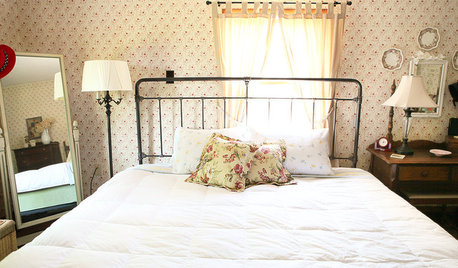
LIFEDo You Live in Your Childhood House?
Tell us about the home you grew up in — whether you live there now or not — and share your pictures!
Full Story
FALL GARDENING7 Reasons Not to Clean Up Your Fall Garden
Before you pluck and rake, consider wildlife, the health of your plants and your own right to relax
Full Story
DECORATING GUIDESThe Dumbest Decorating Decisions I’ve Ever Made
Caution: Do not try these at home
Full Story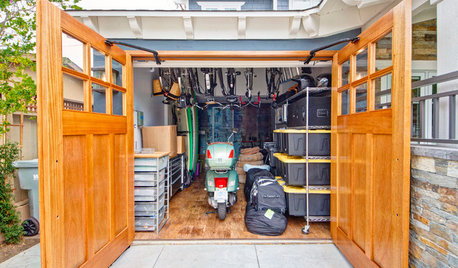
GARAGESHouzz Call: How Do You Put Your Garage to Work for Your Home?
Cars, storage, crafts, relaxing ... all of the above? Upload a photo of your garage and tell us how it performs as a workhorse
Full Story
WORKING WITH PROSWhat Do Landscape Architects Do?
There are many misconceptions about what landscape architects do. Learn what they bring to a project
Full Story
WINTER GARDENING6 Reasons I’m Not Looking Forward to Spring
Not kicking up your heels anticipating rushes of spring color and garden catalogs? You’re not alone
Full Story
FUN HOUZZ14 Things You Need to Start Doing Now for Your Spouse’s Sake
You have no idea how annoying your habits at home can be. We’re here to tell you
Full Story
FUN HOUZZEverything I Need to Know About Decorating I Learned from Downton Abbey
Mind your manors with these 10 decorating tips from the PBS series, returning on January 5
Full Story





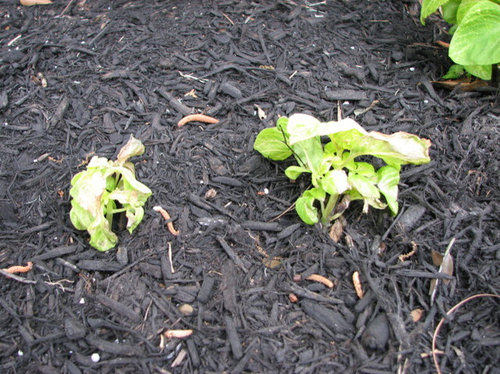
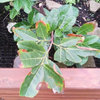

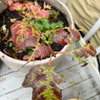
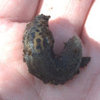
ken_adrian Adrian MI cold Z5
jennyrios3Original Author
Related Professionals
Fillmore Landscape Architects & Landscape Designers · Sand Springs Landscape Architects & Landscape Designers · Southfield Landscape Architects & Landscape Designers · Ashburn Landscape Contractors · Bridgeview Landscape Contractors · Concord Landscape Contractors · Elmhurst Landscape Contractors · Hilton Head Island Landscape Contractors · Longmont Landscape Contractors · Los Banos Landscape Contractors · North Ridgeville Landscape Contractors · Rockland Landscape Contractors · Saint George Landscape Contractors · Saint Paul Landscape Contractors · Shafter Landscape Contractorsjennyrios3Original Author
rhizo_1 (North AL) zone 7
jennyrios3Original Author
Tiffany, purpleinopp Z8b Opp, AL
rhizo_1 (North AL) zone 7
Tiffany, purpleinopp Z8b Opp, AL
jennyrios3Original Author
Tiffany, purpleinopp Z8b Opp, AL
susanzone5 (NY)
susanzone5 (NY)
Tiffany, purpleinopp Z8b Opp, AL
jennyrios3Original Author
jennyrios3Original Author
Tiffany, purpleinopp Z8b Opp, AL
Tiffany, purpleinopp Z8b Opp, AL